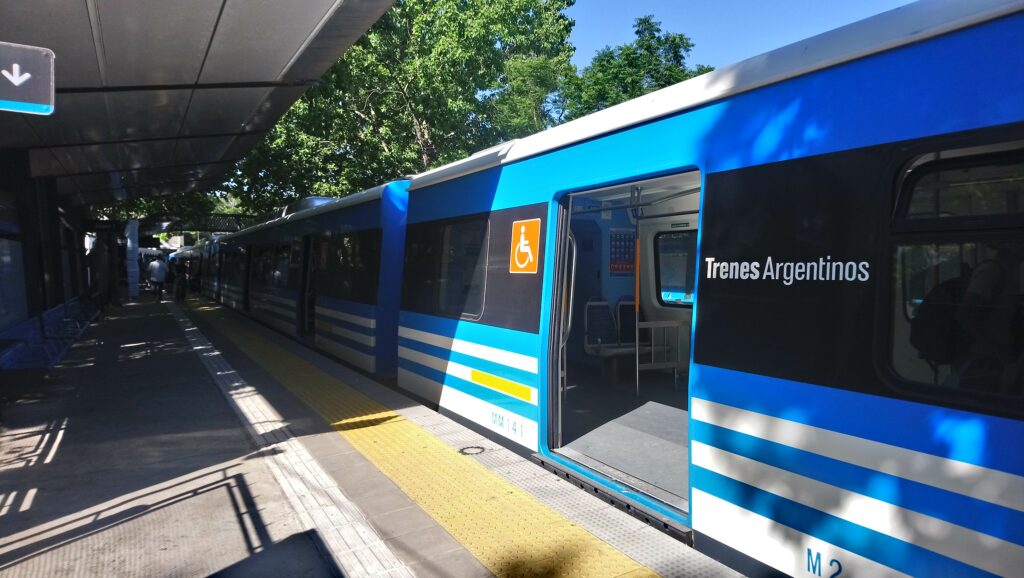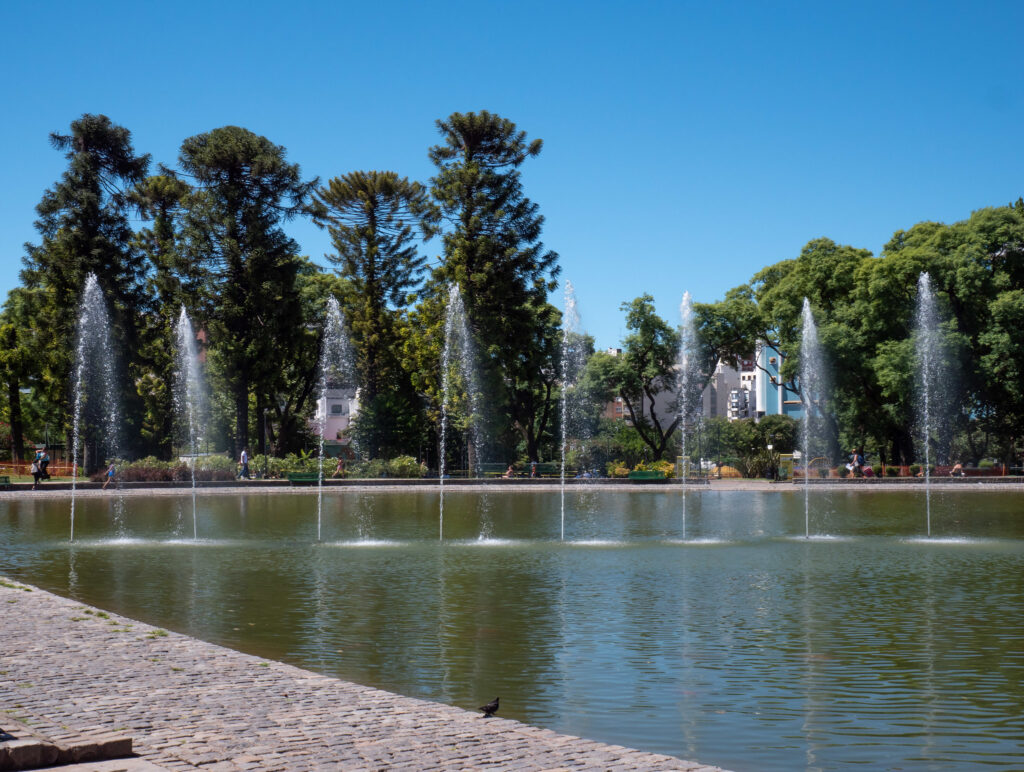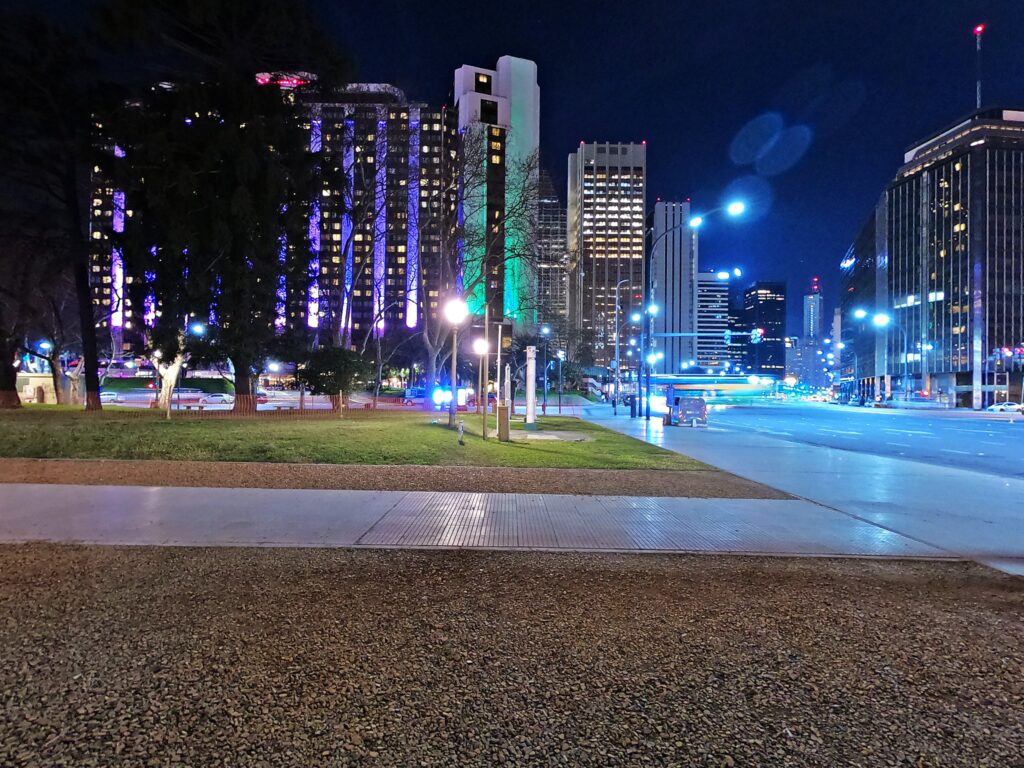Like any city of its magnitude, Buenos Aires has its dark sides. We are not just referring to places with low lighting, in the literal sense of the term, but rather to the lack of security. Although foreigners are quite cautious when moving around the city, it never hurts to remember which areas you should avoid so as not to get a bad surprise.
In terms of security, Buenos Aires is one of the quietest cities in Latin America. Its crime rates, which are most used to infer the rate of robberies and other minor crimes, are low compared to other capitals. However, sometimes it is the foreigners who look for crime more than it looks for them. As? Traveling through inadvisable places, especially at night.
Here we will not only indicate named areas, but also places (such as railway tracks) where safety is not always guaranteed. The goal is for Buenos Aires to surprise you for the better and not for the worse.
Safety in Buenos Aires: The Areas You Should Avoid During Your Stay
Emergency Villas
Also known as settlements or popular neighborhoods, these are communities not officially recognized as neighborhoods or localities, where people from popular sectors and humble classes live in precarious constructions. Access to public services is limited, to the point where even the sewer and gas systems are not guaranteed.
Emergency villas developed around Buenos Aires during the 20th century, though there is no consensus on when or what the turning point was. What is certain is that they have grown considerably, not only in population density but also in the volume of constructions. It is now possible to see multi-story houses.

Where are the Emergency Villas Located?
The emergency villas are mainly located in the southern part of Buenos Aires, in the neighborhoods of Villa Lugano, Villa Riachuelo, Villa Soldati, and Nueva Pompeya.
Historically, Buenos Aires has shown uneven development in infrastructure, services, security, and GDP between the south and the north.
Although governments have promoted reducing the gap between the North and South of Buenos Aires, the results are not yet so conclusive, though improvements can be seen in areas like La Boca, where tourism has forced authorities to strengthen police presence.
Now, why would a traveler go to these areas of Buenos Aires? Initially, you wouldn’t have any reason to go there.
However, there are also some emergency villas in other areas of Buenos Aires that are not in the south:
Retiro
One of the largest emergency villas in Buenos Aires is located in this neighborhood. Known as Barrio 31, it is near the railway station. It is one of the most inhabited and often causes some headaches due to security issues for tourists or passengers.
Puerto Madero
Surprisingly, there is a small settlement in the most modern area of Buenos Aires. It is called Barrio Rodrigo Bueno, and although its dimensions are very small, it is still a risk factor to consider.
Railway Level and Underpasses
It is not dangerous to travel by train or wait for one at a station. Generally, both scenarios have security forces and a complex surveillance system to prevent any crime.
The problem for tourists lies in the level and underpasses that must be crossed to pass the railway tracks. These level or underpasses are logically located in many points of Buenos Aires since the railways run throughout Buenos Aires.
Because these areas lack buildings and have limited car or pedestrian traffic, crime often takes advantage to conduct its business. Therefore, we recommend not passing through these places at night unless accompanied by others.
Ideally, use a car or public transportation, as these areas have reported robberies and thefts by locals and foreigners.

Parks and Plazas at Night
Insecurity has led some parks and plazas in Buenos Aires to install fences around their perimeters. The aim was to reduce the number of crimes some people suffered in these areas, as vagrants and criminals took advantage of the darkness to find refuge and commit crimes.
Important green spaces like Parque Centenario and Parque Rivadavia, for example, have fences surrounding their perimeters. At night, these perimeters are closed and not opened until the following morning. This measure has helped reduce insecurity in green spaces and, as a side effect, has also decreased dirt and disorder.
However, not all parks and plazas have security fences. In some cases, the layout of the space makes installing a fence impossible.
Is it safe to walk near a park at night? Even with the measures described, we recommend not doing so at night, especially if you are alone. Resist the temptation to cut through a park or plaza to shorten your path, and avoid (as much as possible) waiting for a bus at a stop located next to a park or plaza.
Remember that not all green spaces are fenced, and as a foreigner or native, you never know if a vagrant might actually be hiding a criminal behind an innocent appearance.

Night in Downtown Buenos Aires
Many people do not mention or prefer to keep this a secret. But the reality is that after 10 or 11 pm, downtown Buenos Aires becomes a deserted and somewhat dangerous area.
How is it possible that the most central area of Buenos Aires can be dangerous?
The danger of downtown Buenos Aires is not its nature or its main facet. Rather, it is a consequence of its location and function as a neighborhood in Buenos Aires. Here is a summary:
- Downtown Buenos Aires (Comuna 1) is the most crowded and densely populated area from Monday to Saturday.
- From morning until early evening, the area is full of tourists, Argentines, professionals, and students who come and go between obligations and visits.
- Activity in this area of Buenos Aires is among the most important. Banks, major companies, government offices, public administration, commerce, and gastronomy contribute to the constant activity in downtown Buenos Aires.
- However, it is important to clarify that downtown Buenos Aires is not a residential area but rather an area of offices and businesses.
- This explains why, after midnight, an area that is dynamic in the morning becomes quiet, silent, and somewhat dangerous.
However, many hotels and hostels, even apartments, are located in downtown Buenos Aires. Therefore, the recommendation is that after 10 pm, you should stick to the avenues and the less dark areas.
Be aware that vagabonds and homeless people often establish themselves there for the night, something that often hides the presence of criminal gangs or lone thieves.
In conclusion, you can walk around downtown Buenos Aires safely until 10 pm. But we recommend that after that time, you avoid the streets and stay on the avenues: Córdoba, Corrientes, 9 de Julio, Leandro N. Alem, Belgrano, Independencia, Santa Fe, Callao.

(Featured Image Source: barrientos_segura/flickr.com)


